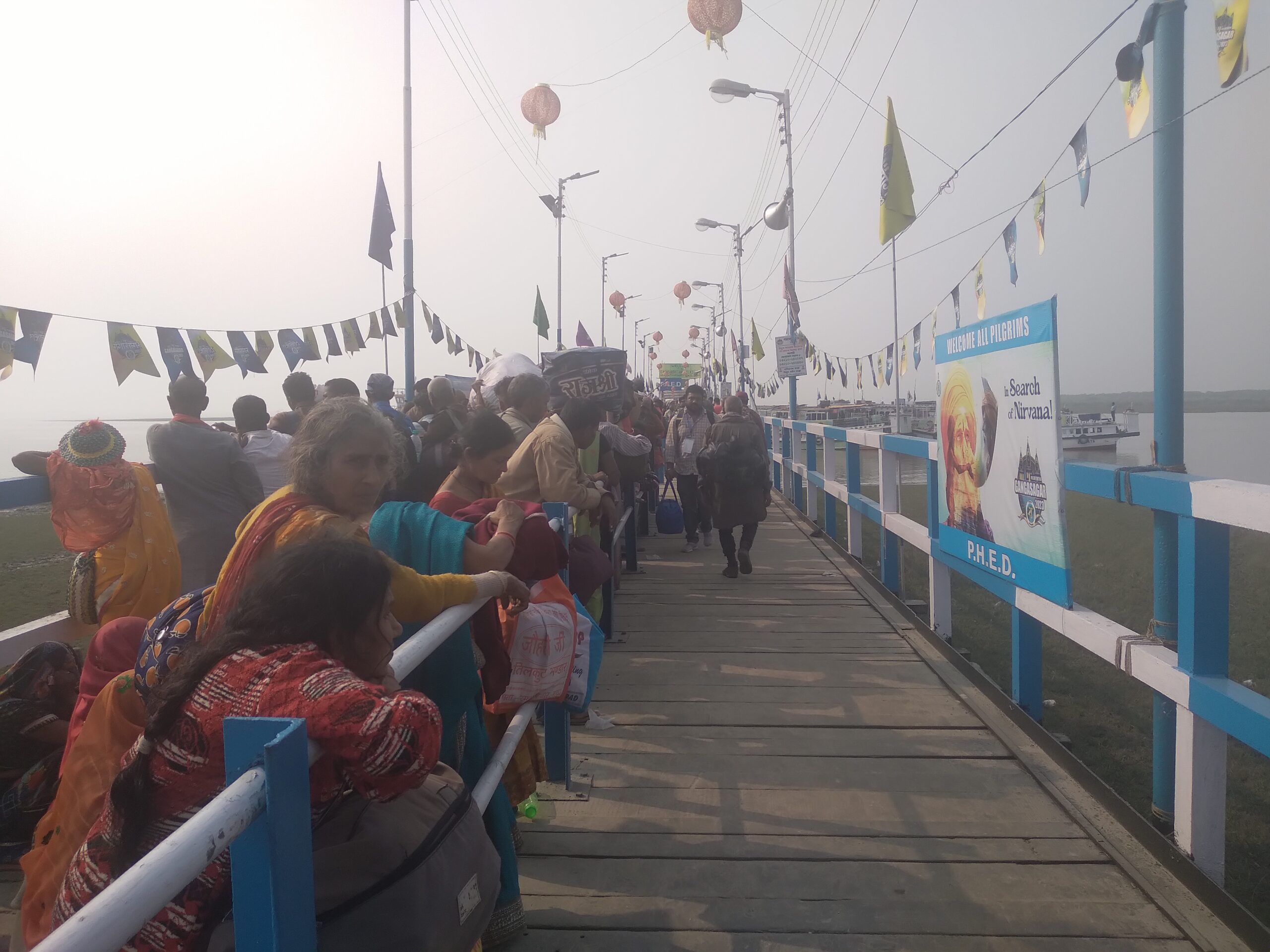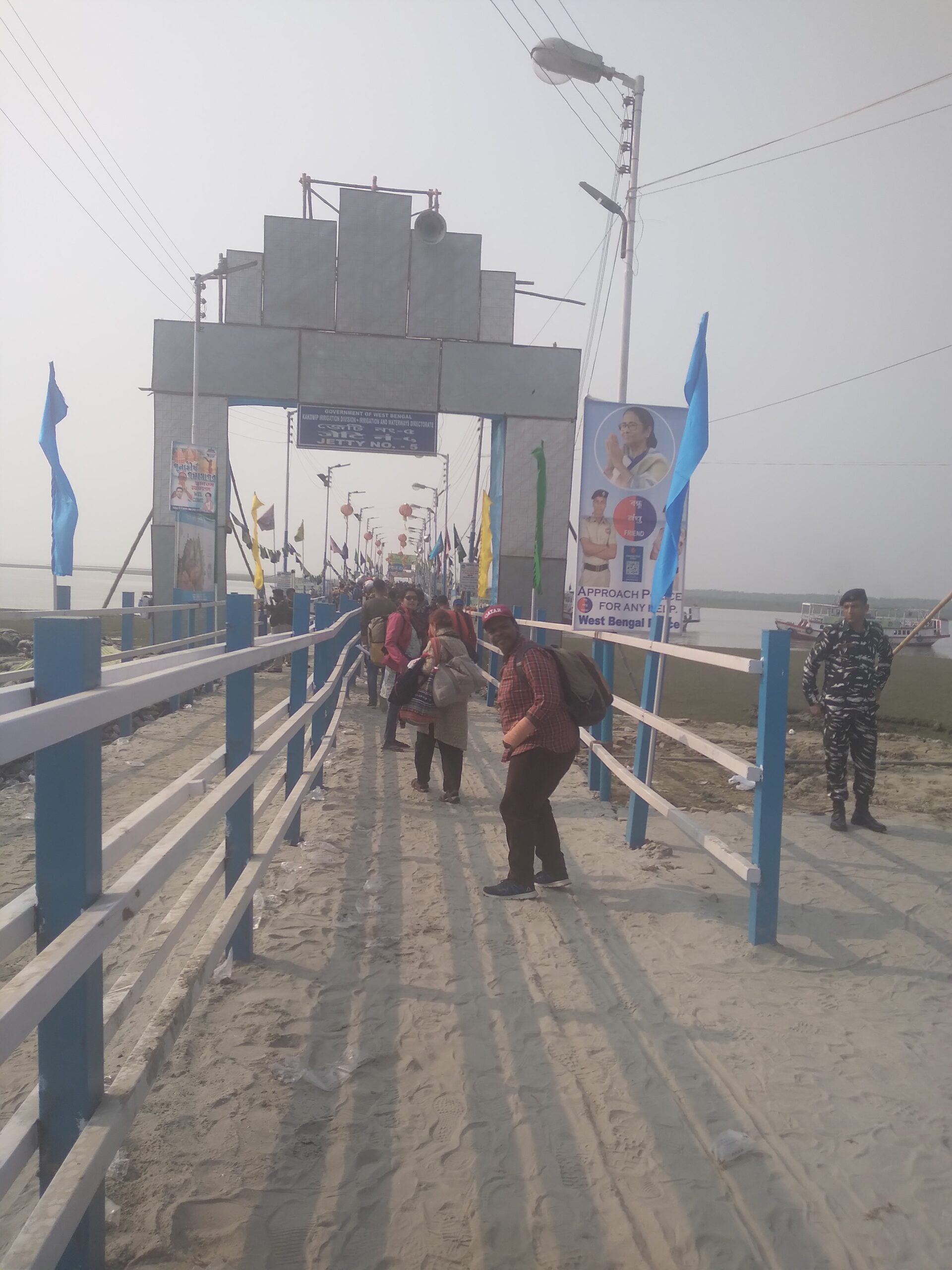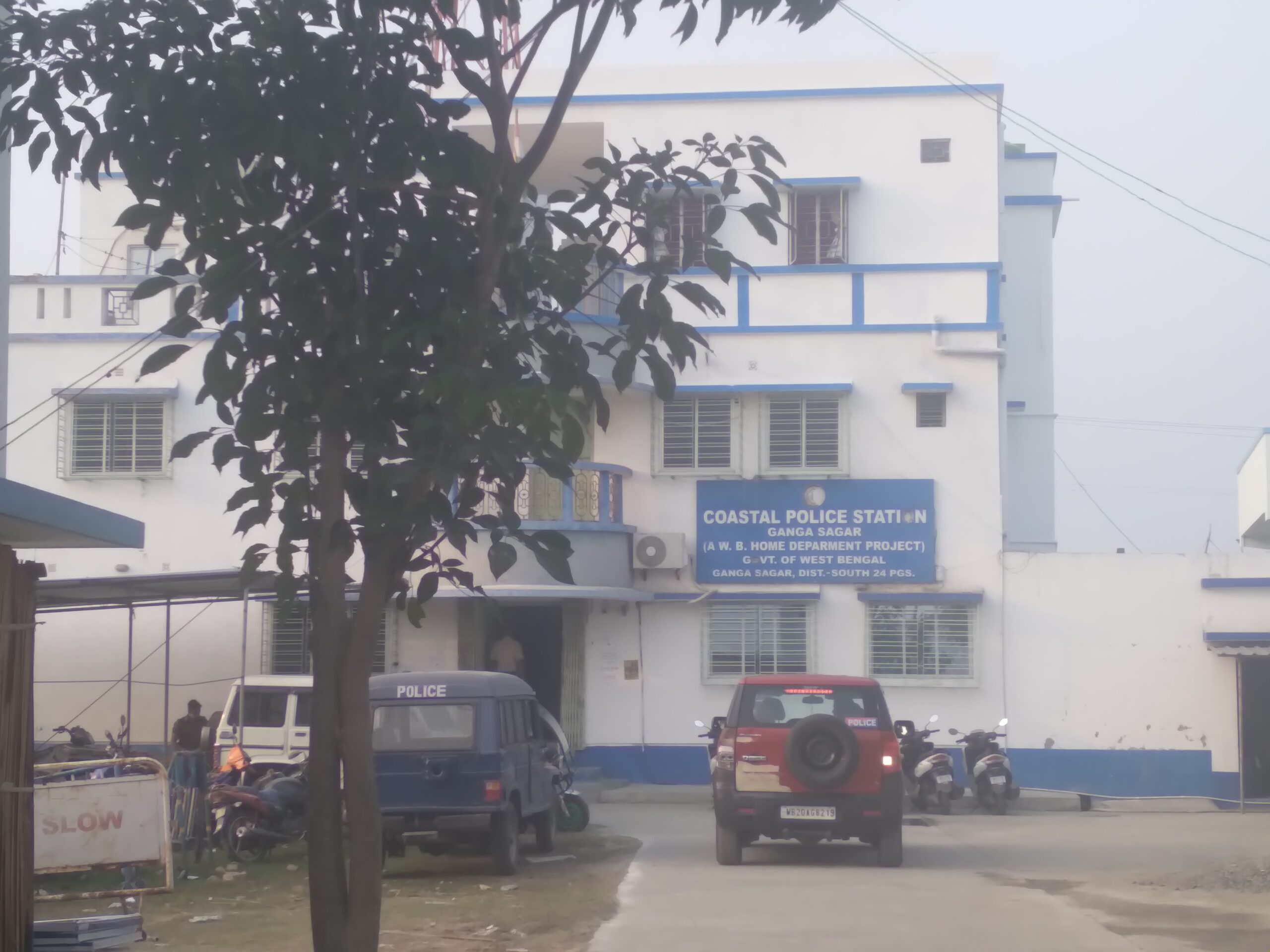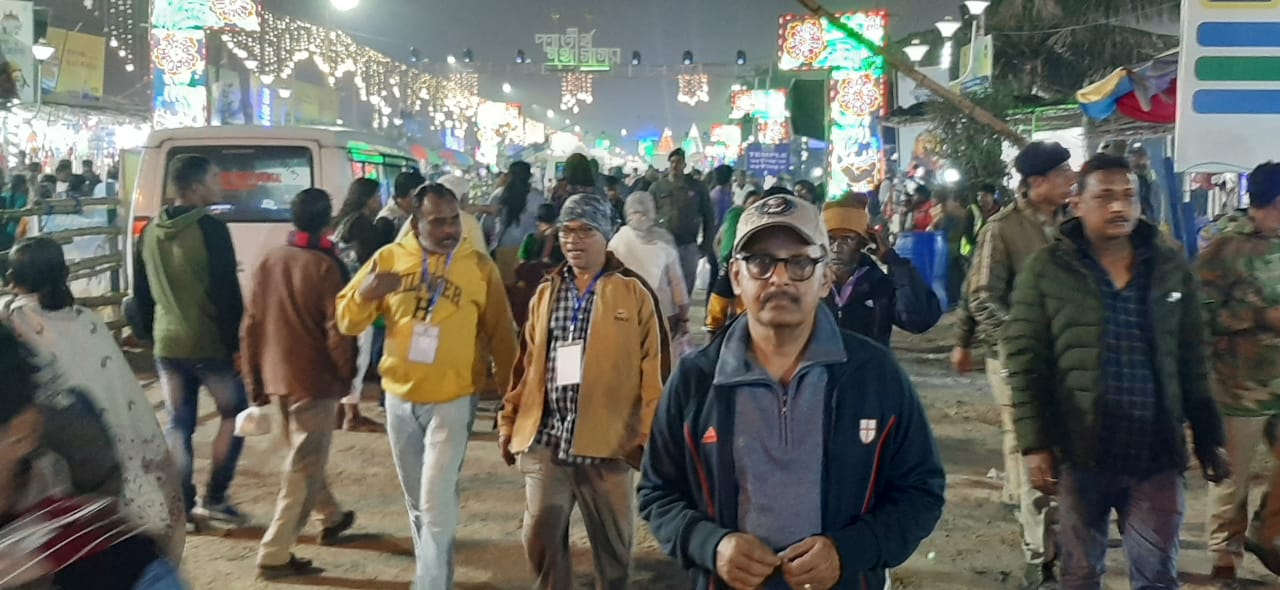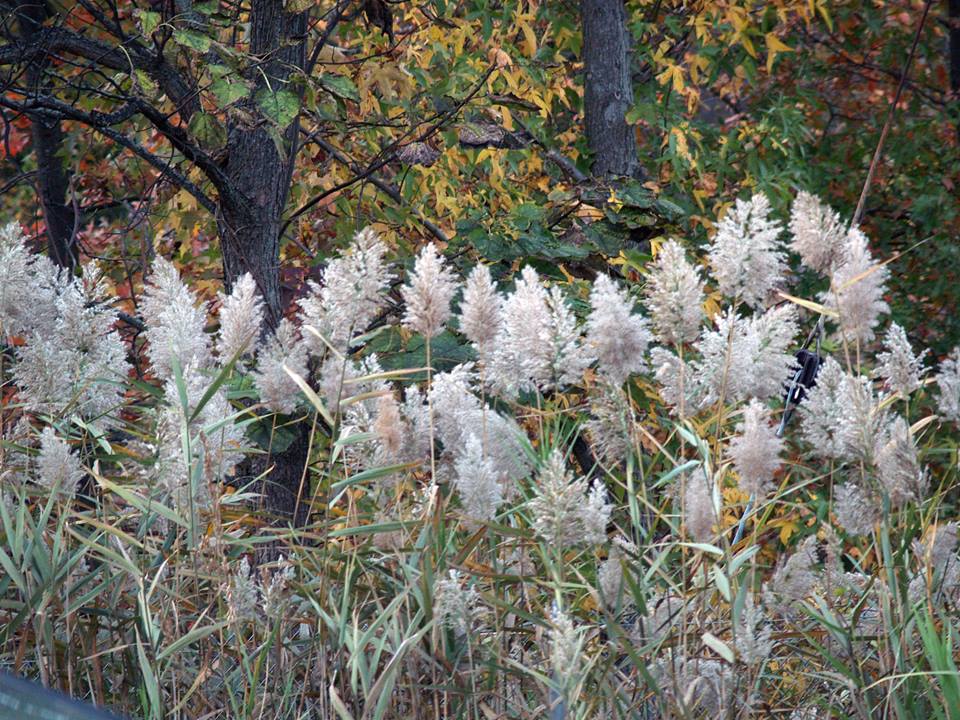Gangasagar: Waves of faith and in search of moksha
It’s a tale of unfathomable faith and fervor. Of unshakeable belief and conviction. Of unwavering determination and single-minded devotion. Of a journey in search of moksha.
Welcome to Gangasagar mela.
As I begin to pen down my experience about this year’s mela, the second biggest congregation of Hindu pilgrims after Kumbh Mela, I am absolutely clueless how to gauge the devotees’ intense passion and profound devotion that drives them on this arduous journey.
During the four-and-half hour car ride from Kolkata we traveled past the countryside of Diamond Harbour, Karonjali, Kultoli and Kulpi. We reached Harwood Point under Kakdwip subdivision of district 24 Parganas around 2.30pm. Well, I knew about the millions of pilgrims visiting Gangasagar mela every year, but for the first time I witnessed the mind-boggling spectacle from close quarters.
Countless devotees were waiting for the ferry to cross the river Muri Ganga, a distributary of the river Hooghly. They came from all over India and abroad. Their tired bodies belied their inexplicable faith and religious fervor. Their burnt-out faces still spoke of their unflagging resilience and undying spirit. They were ready to undergo any amount of pain and ordeal. They’ve just ‘one aim, one business and one desire’: a holy dip at the brahma moment at the Gangasagar followed by puja at Kapil Muni’s ashram.
Hemanta Mukhopadhyay’s timeless song, ‘Pother klanti bhule snehobhora kole tobo Ma go bolo kobe shitol hobo/Koto dur aar koto dur bolo Ma’ crossed my mind.
It is believed that it is on the day of Makar Sankranti the river flowed into the sea at the ashram of Kapil Muni. Hence a dip in the Gangasagar on this day absolves one of all sins and prevents re-birth.
There were announcements on public address system directing the pilgrims for the jetty meant for them. With the midday sun hiding behind the clouds, the devotees had some sort of relief. We boarded the ferry which took about 20 minutes to reach Kochuberia, the other side of the river.
Government staff and civic volunteers left no stone unturned to extend help for the pilgrims. At Kochuberia, we had tea from a roadside shop near the jetty. Our car soon arrived to take us to the mela premises, 32km from Kochuberia. The journey along the newly-built spic-and-span road was a sheer delight. Hundreds of government and private buses were carrying devotees to the mela ground. I saw festoons and posters on the way carrying divine messages of the mela.
The earliest reference of this fair can be found in an instruction issued by Governor General Lord Wellesley in 1803 when he banned the ritual of drowning the first-born child in the sea. In 1837, a newspaper mentioned an extract that said the temple was around 1,400 years old while the deity was installed by Guru Ramanand in 1437 AD.
After about 45 minutes when we reached the mela ground, it was 4pm. We were taken to Sagar Coastal Police station for lunch. After the lunch was over, we were taken to a two-storey building about 2km away for the night stay.
(To be continued)
